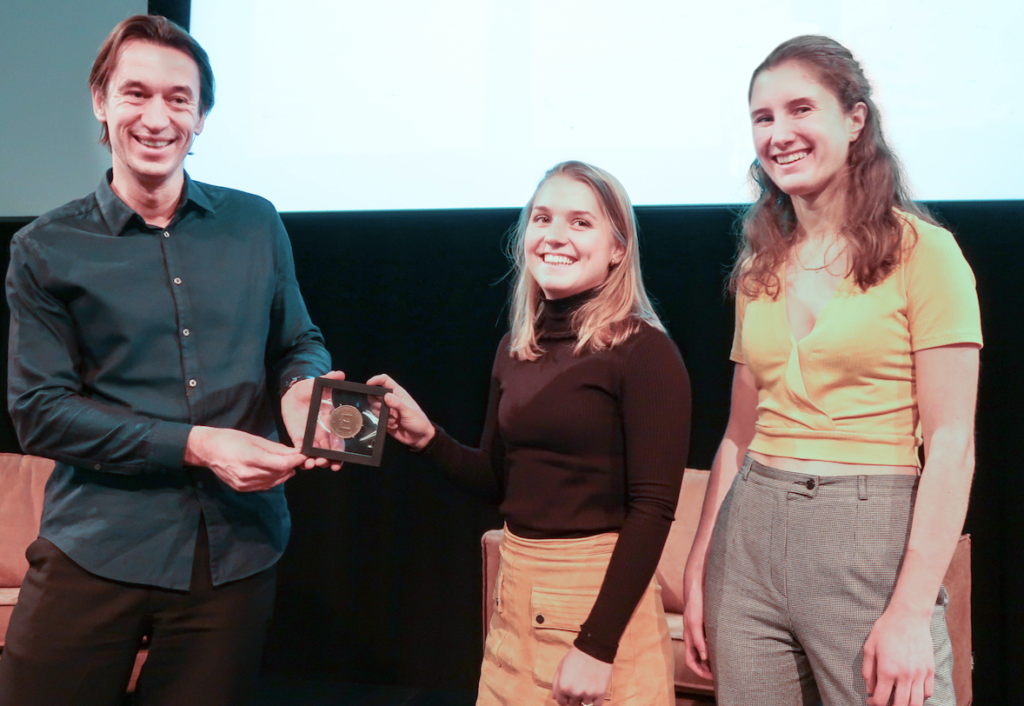Did you know that every year 36 kilos of food is thrown into the bin? That’s about 15 billion euros.
Fruits and vegetables have higher waste rates than any food. A food waste that comes not only from large retailers but also from us citizens, from our homes.
To solve the world’s problem, a young Dutch businesswoman, Elzelinde van Doleweerd, a graduate in industrial design from the University of Eindhoven, found a way to turn food waste into edible food by printing it in 3D, easy to store.
A project that has been very successful, to require the foundation of a company, the Upprinting Food with another young entrepreneur, Vita Broeken .
But let’s take a step back, how did Elzelinde come to this brilliant idea?
It was her last year as a graduate student, the young student sensitized to the widespread food waste, especially that of bread in the Netherlands, decided to create a printable pasta by crushing the old bread and adding spices and herbs to make it tastier. He then fills a syringe with the created dough by injecting it into the 3D printer. To make the product a tasty and long-lasting snack, he cooked the food printed to remove moisture and any traces of bacteria.
Elzelinde, together with her colleague, has worked hard to expand the type of wasted ingredients to mix, to create new pasta for printing, and now also to process fruit and vegetables.
The two young entrepreneurs received the ECO Coin Award 2018 – an award promoted by the Dutch organisation Next Nature Network that honors “outstanding ecological heroes” who contribute to changing the world.

The next objective of Upprinting Food is to help restaurants analyse and reuse their food waste. The food can be sieved and transformed into paste, which is then stored in sealed containers protected from air and light.
To expand the product range, Van Doleweerd is working with a 3D Food Company in Beijing. Because, as the businesswoman herself says, eating a lot of rice in China is wasted and is useful for the food mixture to be printed.
Of course, being a 3D printer, it is possible to give food pretty gourmet shapes, so much so that some of them have been the protagonists of an annual fair held in Beijing in the fall, the Beijing Design Week.